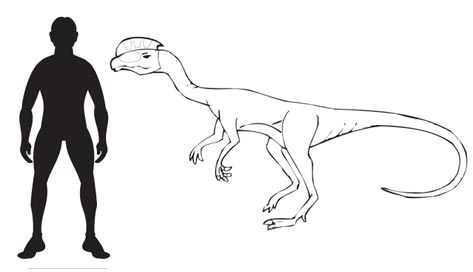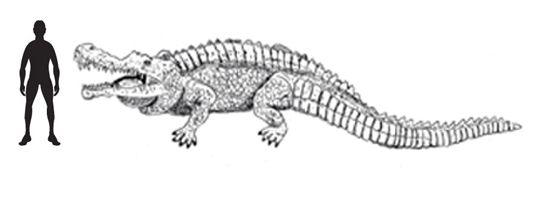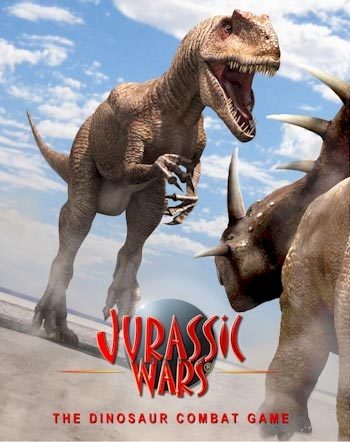Information on Sarcosaurus “Flesh Reptile”
Sarcosaurus – Welcome to Jurassic Leicestershire
Following our comment made in the article introducing the new dinosaur combat game “Jurassic Wars” which features a Sarcosaurus, we have been asked to provide more information about this little known British dinosaur. Admittedly, if we are asked to name a meat-eating dinosaur associated with Lower Jurassic strata, Sarcosaurus would not be the first one that sprang to mind. It does illustrate the paucity of the fossil record from Lower Jurassic strata and in particular how little is known about the many genera of theropods associated with that particular aspect of geological time.
Running from the south coast of England through to the north-east coast of the country is a wide band of Jurassic marine strata. In areas where the strata is exposed at the surface such at the southern end; Lyme Regis and the northern end; Whitby, the sediments are fossiliferous (lots of fossils). In other parts of the country, natural processes such as faulting and erosion as well as human activity; quarrying and open-cast mining has exposed Jurassic strata at the surface. Many of these sites also contain fossils and it was from a location in Leicestershire in the East Midlands of England that fossils attributed to the genus Sarcosaurus were found.
Sarcosaurus
This dinosaur, like most European theropods is known from just fragmentary, partial remains. Part of the pelvis (hips), a femur (thigh bone) and some vertebrae (backbones) have been found to date. Interestingly, the fossils were found in the marine lias beds (layers of rocks that alternate between shale and limestone). These types of sediment were formed in a marine environment. It is highly improbable that Sarcosaurus lived in the sea, it is much more likely that the corpse of this dinosaur was washed out to sea, perhaps after flash flood or some such other event.
Estimated at around 3 – 3.5 metres in length and with a body mass of less than 60 kilogrammes, Sarcosaurus was a light, agile, bipedal predator.
Artist Sketch of Sarcosaurus with a Human Figure for Scale

Picture credit: Everything Dinosaur
Please note the crests on the skull are pure guesswork. A number of carnivorous dinosaurs possess such ornamentation, so for illustrative purposes, our Sarcosaurus has been given crests. There is no skull material known from the fossil record for this genus of dinosaur.
Taxonomic Classification
The exact taxonomic classification of Sarcosaurus is not clear. This dinosaur could belong to a group of meat-eating dinosaurs called the Neoceratosauria, the Ceratosauria or indeed some papers cite Sarcosaurus as a member of the Coelophysoidea.
It is a question of paying your money and taking your choice. However, most writers agree this genus is “Incertae sedis”, this is a Latin term which is used when scientists are unsure of the taxonomic relationship or taxonomic position in relation to other organisms. It means “of uncertain position” and is often abbreviated in scientific papers to “inc. sed.”.
To view the extensive selection of dinosaur and prehistoric animal themed gifts and toys, take a look at Everything Dinosaur’s award-winning website: Dinosaur Toys and Gifts.
This Early Jurassic theropod is not to be confused with Sarcosuchus (the name means flesh crocodile). This was a huge crocodylian from the Cretaceous. It was formerly named and described in 1966, most of the fossils associated with this particular primitive crocodile have been found in Niger.
An Illustration of Sarcosuchus with a Human Figure for Scale

Picture credit: Everything Dinosaur
To view models of theropod dinosaurs as well as replicas of ancient crocodylians including Sarcosuchus, take a look at the models section of the Everything Dinosaur website: Dinosaur and Prehistoric Animal Models.


